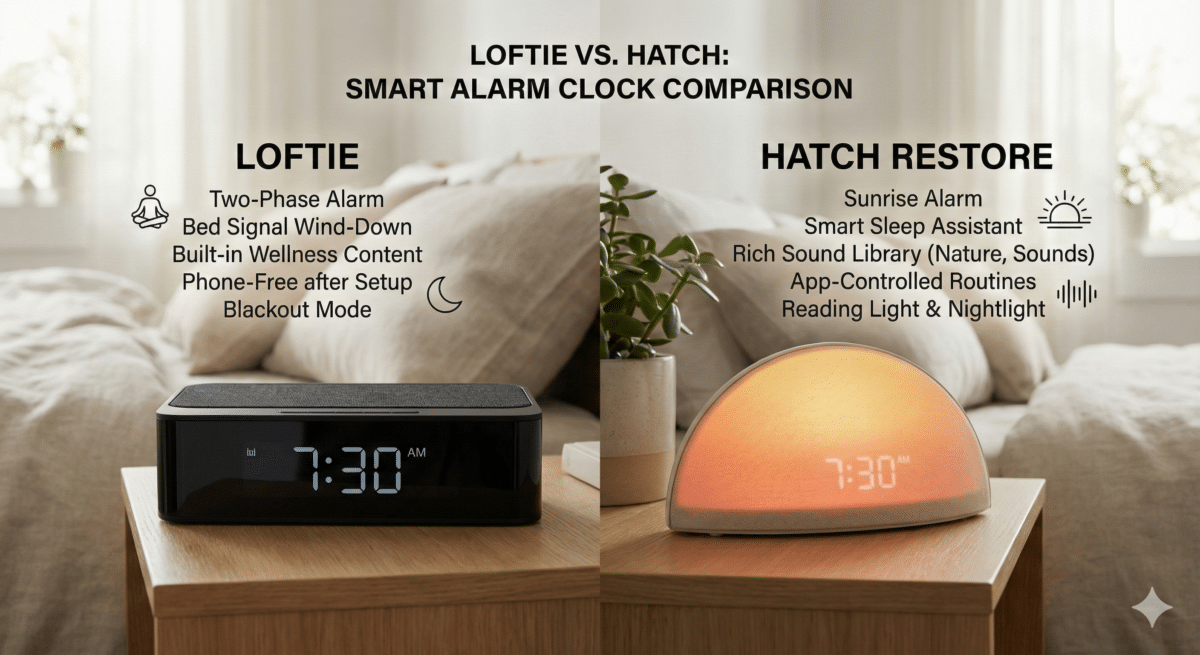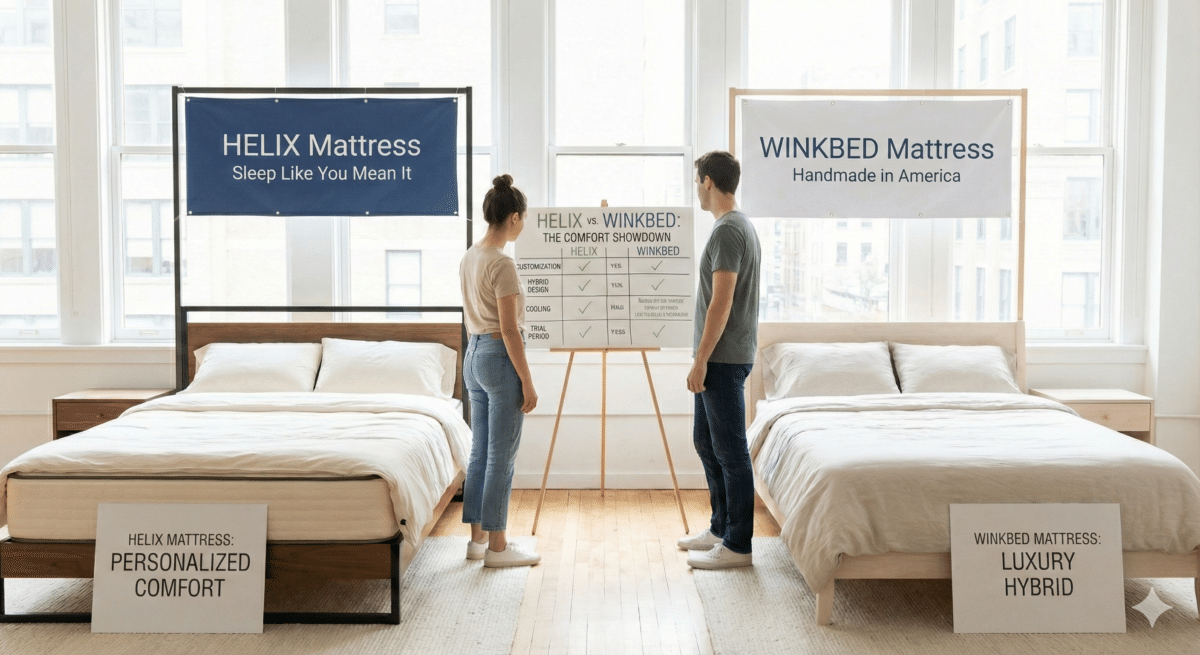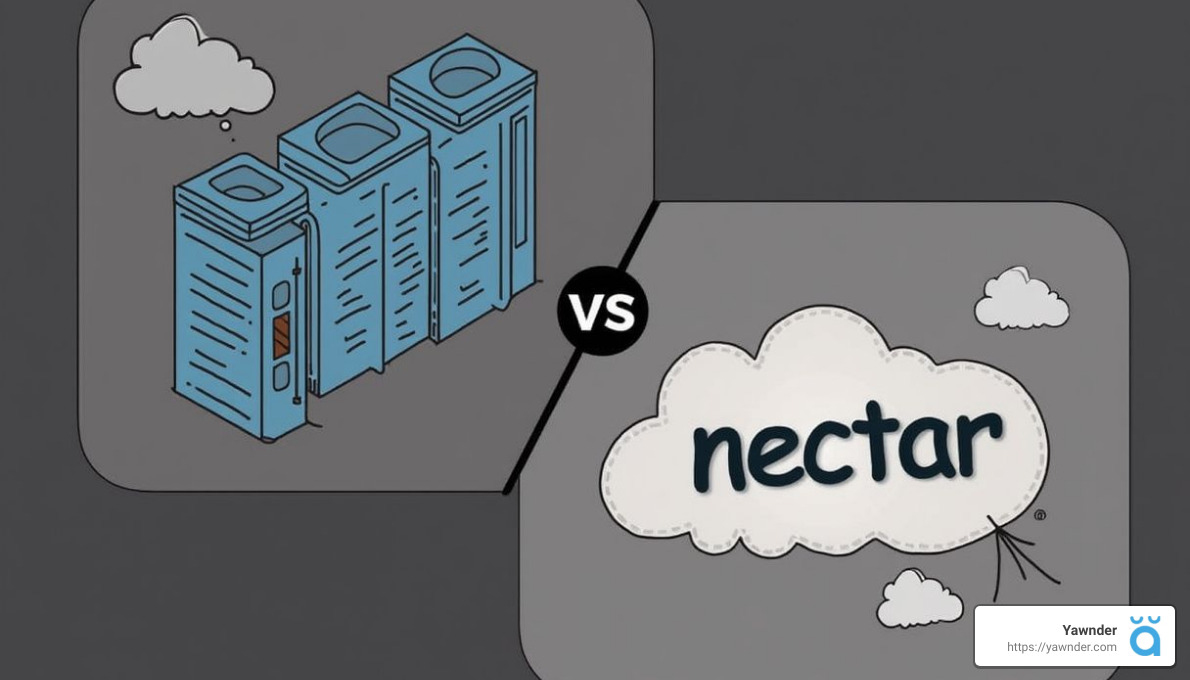The Ins and Outs of Somnambulism: Understanding Sleepwalking Causes
Understanding Sleepwalking: What is Somnambulism?
Somnambulism, more commonly known as sleepwalking, is a captivating and complex condition that blurs the line between sleep and wakefulness. It allows individuals, referred to as somnambulists, to engage in various activities—ranging from simple walking to complex actions—while still primarily asleep. Here’s a succinct overview:
– Definition: Somnambulism is classified as a parasomnia, a type of sleep disorder that disrupts normal sleep patterns by intertwining sleep stages with moments of partial wakefulness.
– Activities: The range of actions performed during sleepwalking can be innocuous, such as walking around the house, or perilous, like cooking or driving.
– Awareness: Sleepwalkers typically exhibit limited consciousness and often retain no memory of their actions once they awaken.
As someone deeply passionate about sleep disorders, having faced my own struggles with sleep, I’ve dedicated my time to unraveling the intricacies behind conditions like somnambulism. Let’s delve deeper into its complexities.
Exploring the Science Behind Somnambulism
How Sleepwalking Works
Sleepwalking primarily occurs during non-rapid eye movement (NREM) sleep, especially during the slow-wave sleep phase, which is crucial for physical and mental recovery.
– NREM Sleep: This stage of sleep does not include rapid eye movements and consists of several levels, with slow-wave sleep being the deepest phase.
– Slow-Wave Sleep: Characterized by significantly slowed brain activity, this stage significantly complicates the ability to awaken someone, making it the prime setting for sleepwalking incidents, particularly in the first third of the night.
Characteristics of Somnambulism Episodes
In recognizing somnambulism, some common traits include:
– Walking: Sleepwalkers may rise from their beds and walk, often engaging in routine tasks.
– Glazed Expression: Their eyes may be open yet exhibit a blank, glassy look.
– Confusion: If awakened, sleepwalkers may become disoriented, unsure of their surroundings.
– Forgetfulness: Most sleepwalkers will have little to no recollection of their nighttime activities.
Episodes can last anywhere from a few seconds to half an hour, and while most actions are benign, they can occasionally lead to risky situations.
Causes of Somnambulism
Understanding the root causes of somnambulism can be crucial for effective management. Several factors contribute to this condition:
Genetic Influences
Research shows a strong familial link in sleepwalking. If one parent has a history of sleepwalking, the likelihood of their child experiencing it rises to approximately 45%. This figure increases to 60% if both parents suffer from the condition. Identical twins have a greater tendency to both experience sleepwalking than fraternal twins, reinforcing the idea of genetic predisposition.
Environmental Triggers
Certain conditions can exacerbate sleepwalking:
– Sleep Deprivation: Insufficient sleep can lead to heightened sleepwalking episodes and increased severity.
– Stress: Anxiety from life events or daily pressures can disrupt normal sleep patterns, promoting somnambulism.
– Irregular Sleep Schedules: Disruptions in the natural sleep-wake cycle, like those caused by travel, can also prompt sleepwalking.
Medical Conditions and Medications
Several medical issues and medications are associated with sleepwalking:
– Sleep-disordered Breathing: Conditions like obstructive sleep apnea can fragment sleep, contributing to sleepwalking.
– Medications: Some prescriptions, including hypnotics and certain antidepressants, may trigger sleepwalking as side effects.
Recognizing the Symptoms of Somnambulism
Identifying the symptoms of somnambulism can aid in timely diagnosis and management. Key symptoms include:
– Walking or Performing Activities: This characteristic manifests the most during episodes, where individuals may engage in various daily activities.
– Glazed Expression and Confusion: Sleepwalkers may appear awake yet respond with confusion if disturbed.
– Memory Loss: Typically, a sleepwalker will have no recall of their actions, leaving only remnants of vague memories.
– Dangerous Behaviors: In rare cases, complexities can lead to more hazardous actions, such as driving or preparing food.
Complications and Risks of Somnambulism
While sleepwalking may seem benign, it carries potential risks. Notable complications include:
– Injuries: The likelihood of falls or accidental harm escalates, especially when navigating unfamiliar areas.
– Sleep Disruption: Chronic sleepwalking can exacerbate daytime fatigue and related behavioral issues since it often severs healthy sleep patterns.
– Emotional Distress: Feelings of embarrassment and self-consciousness may arise as sleepwalkers reflect upon their unusual nighttime escapades.
Understanding these factors underscores the importance of seeking help and implementing management strategies for somnambulism.
Conclusion
Comprehending somnambulism is essential for ensuring safety and effective management. By exploring its causes, symptoms, and potential complications, individuals can take informed steps toward reducing risks and promoting healthy sleep.
At Yawnder, we prioritize sleep safety and are dedicated to providing resources and tools to assist you in effectively managing sleepwalking. Whether through expert evaluations or tailored sleep products, our goal is to enhance your nighttime experience and promote peace of mind.
For in-depth information and personalized assistance regarding sleepwalking and other sleep disorders, explore our resources and programs. Sleep well, stay safe, and let us guide you toward restful nights and rejuvenating days.


















